
The Matt Cranford Collection
Select the Product categories
Select the Product tags
- All Product tags
- Children
- African American
- Nebraska
- Solomon Butcher
- Native American
- Among the Skyscrapers
- Civil War
- Customize
- Occupational
- Quarter Plate
- Outdoor Scene
- Sixth Plate
- Julius Meyer
- Edric Eaton
- Frank Currier
- Presidents
- William Henry Jackson
- Railroad
- Half Plate
- Sports and Games
- Connecticut
- Music
- William Richard Cross
- Max Meyer
- Patriotic
- American Flag
- Photography
- Fishing
- Polynesian
- Louisiana
- Minnesota
- Kansas
- California
- Ohio
- New York
- Mining
- Hunting
- Personalities
- Georgia
- Massachusetts
- Hawaii
- Theodore Lilienthal
- China
- Faith
- Michigan
- Circus
- South Carolina
- Colorado
- Lumber
- Illinois
- Yellow Mount
- Edward Anthony
- Baseball
- Civil
- Texas
- Omaha
- George Heyn
- Sold
- Missouri
- neb
- Yellowstone
- South Dakota
- Soddy
- Balloon Ascension
- CJ Fennel
- Lightning
- Husker Football
- Video
- Iron Bull
- Lincoln
- Nebraska State Capitol
- Aerial
- Moon
- Sandhill Cranes
- Fireworks
- Lake McConaughy
- Chimney Rock
- Bruges
- Belgium
- Farming
U

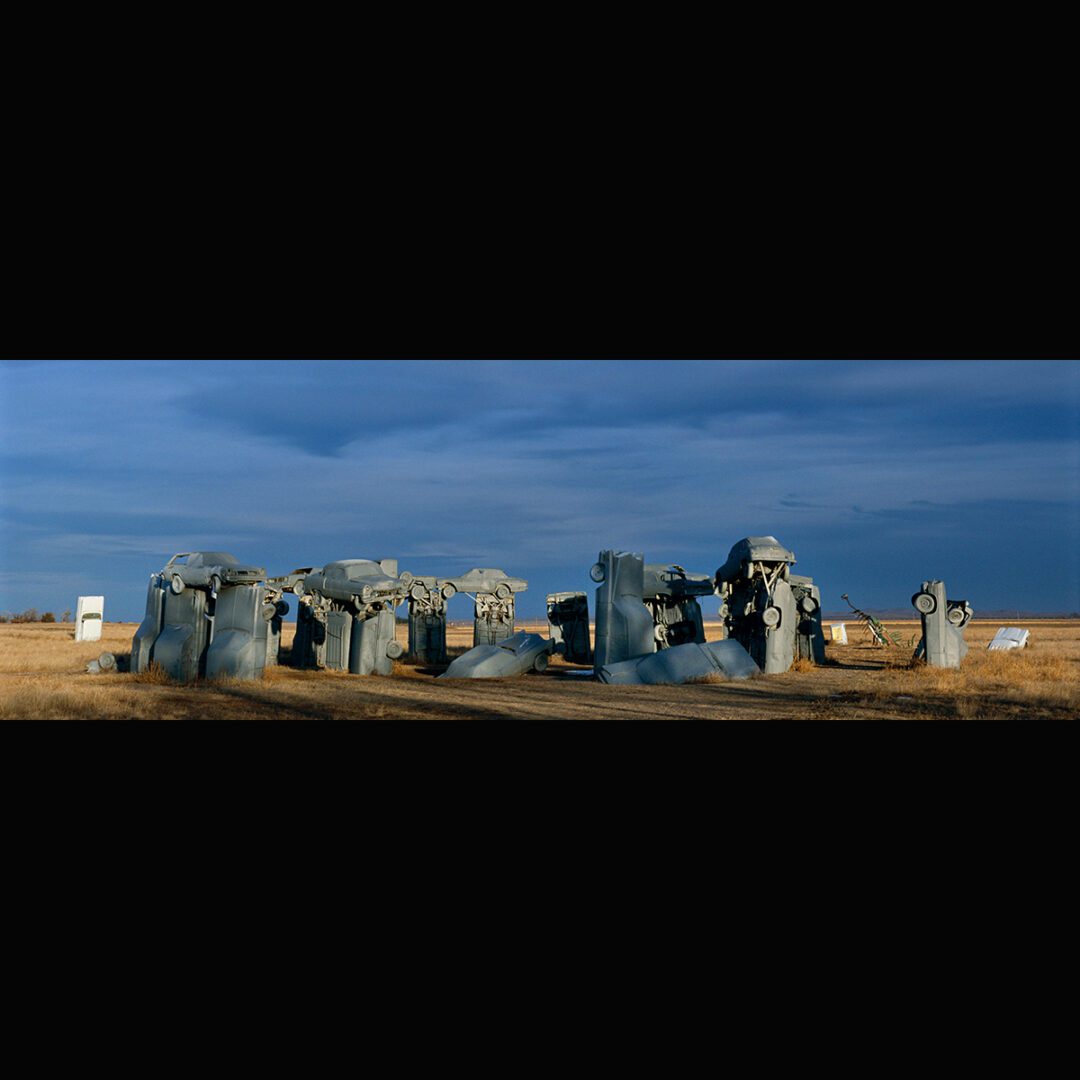
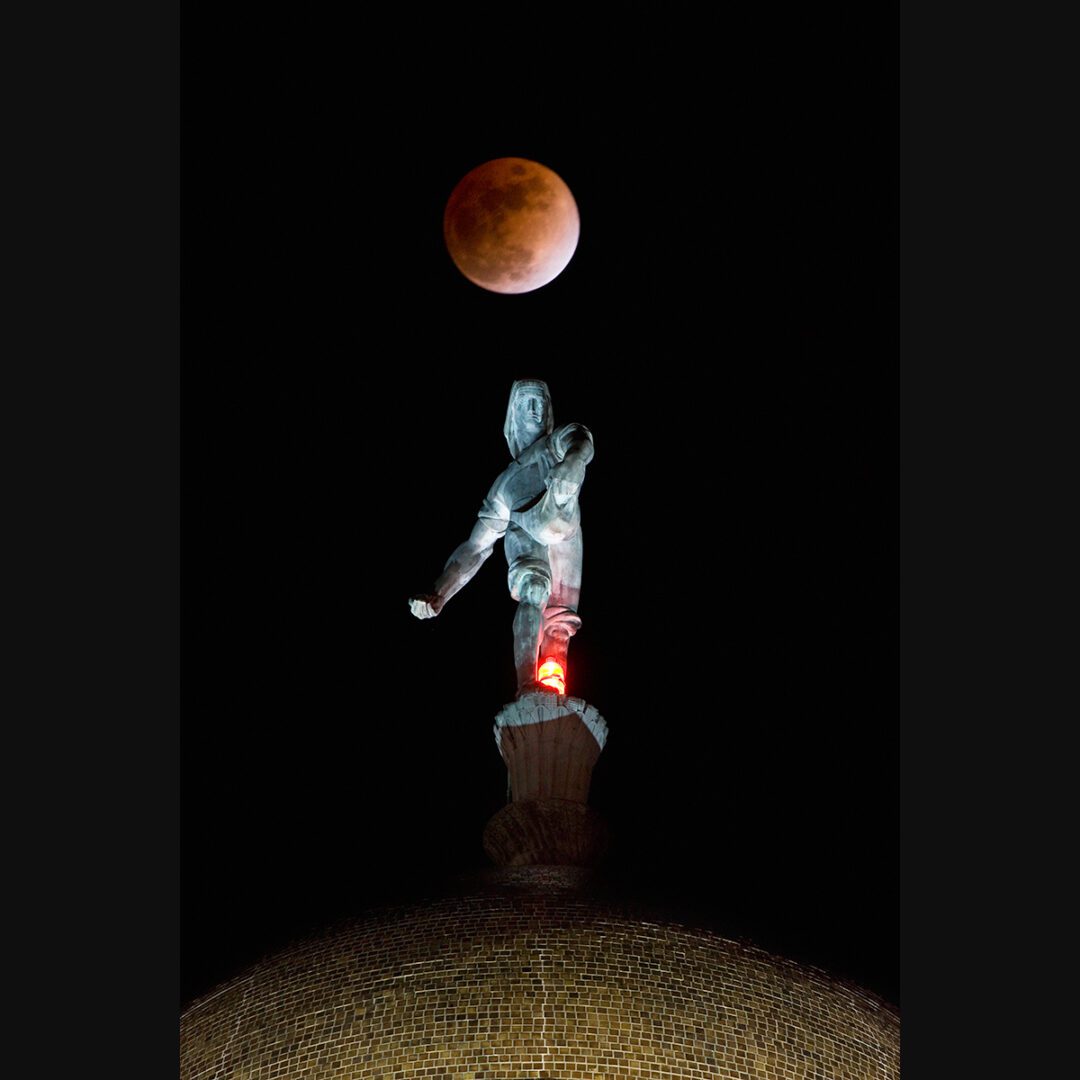
The sower above the Nebraska Capitol's gold-tiled dome appears to launch a burnt orange ball into space. In fact, it was a total lunar eclipse that allowed the mid-winter moon to morph into a glowing copper orb at 9:26 p.m. on February 20, 2008. The next full lunar eclipse, visible in the Western Hemisphere, is not expected until December 21, 2010.

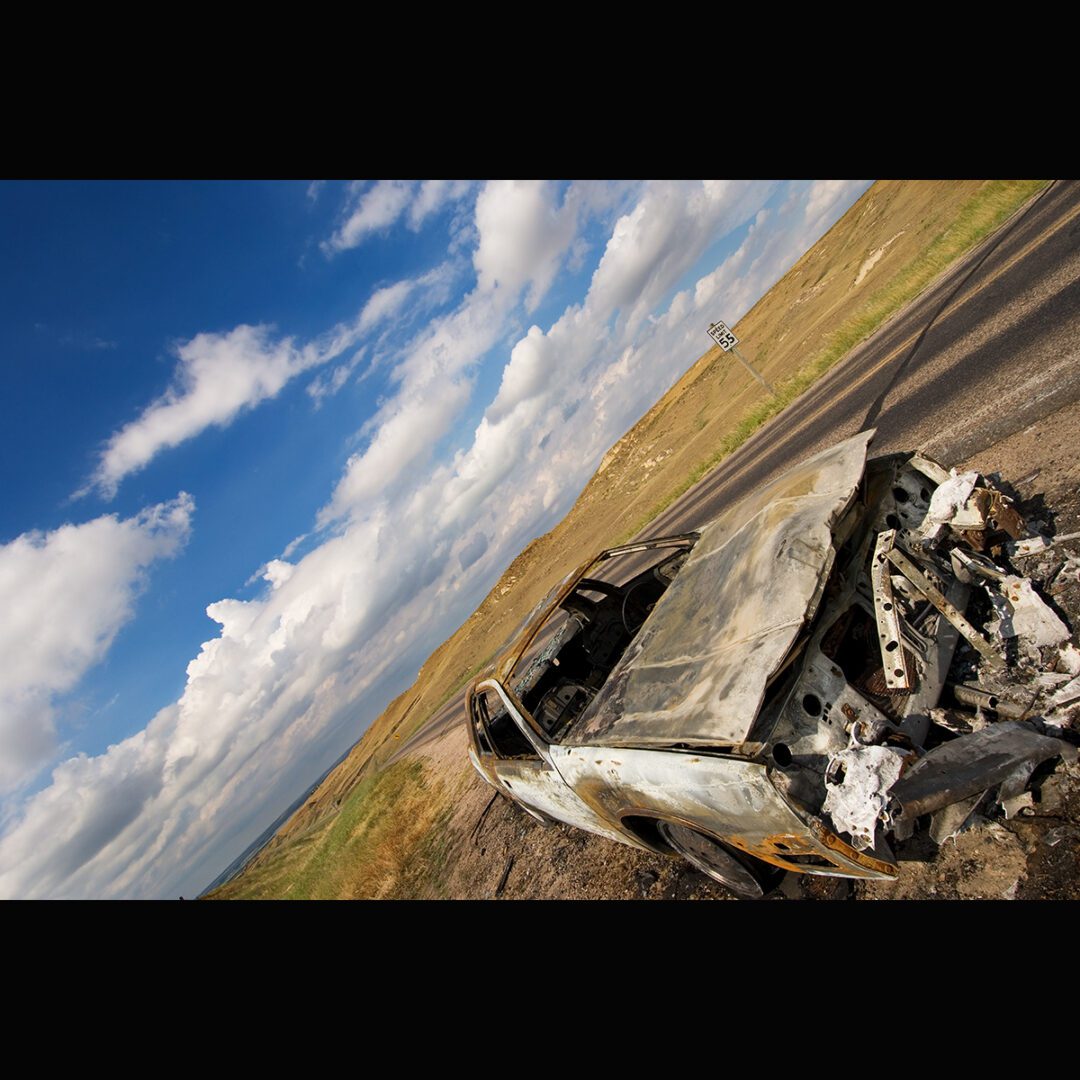
Elsewhere in the panhandle the burned-out shell of a car, juxtaposed with a speed-limit sign, signifies the utter isolation of the area. With the south side of Lake McConaughy barely visible in the distance, this image was captured on Lakeview Road north of Highway 26.
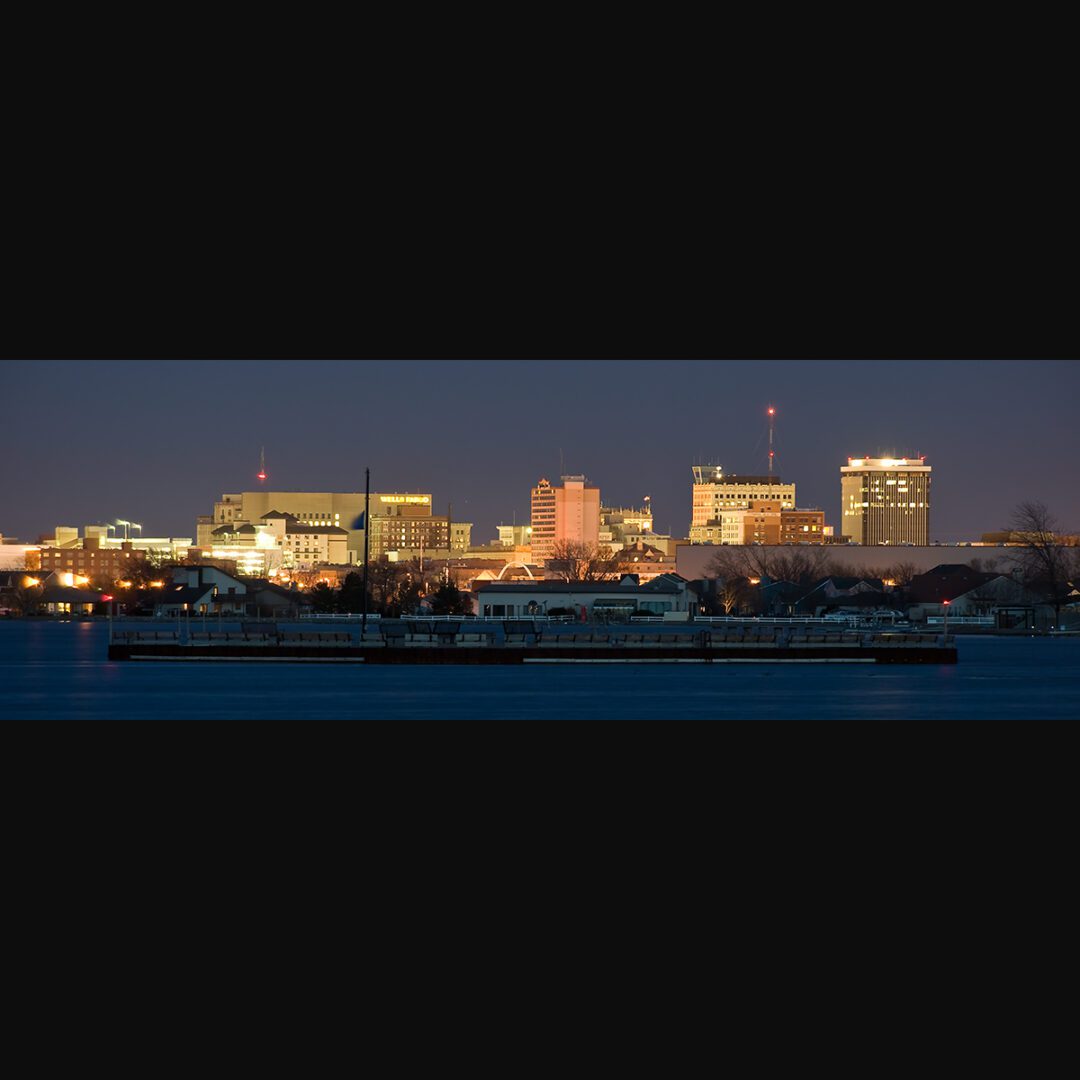
A less recognizable view of the Lincoln skyline at night is shot fian Ceptal Beach Lake looking east The vantage point omits the State Capitol, focusing instead on the bright lights of Lincoin's hoteis and limancial institutions. Capital Beach is muted in the foreground.

Three white-tailed deer frolic atop a hill at sunrise in Spring Creek Prairie Audubon Center. The 808-acre tallgrass prairie nature preserve near Denton, Nebraska, provides breeding, roosting, foraging and wintering areas for 28 species of mammals, 29 species of dragonflies and damsel flies, 50 species of butterflies and 206 species of birds.
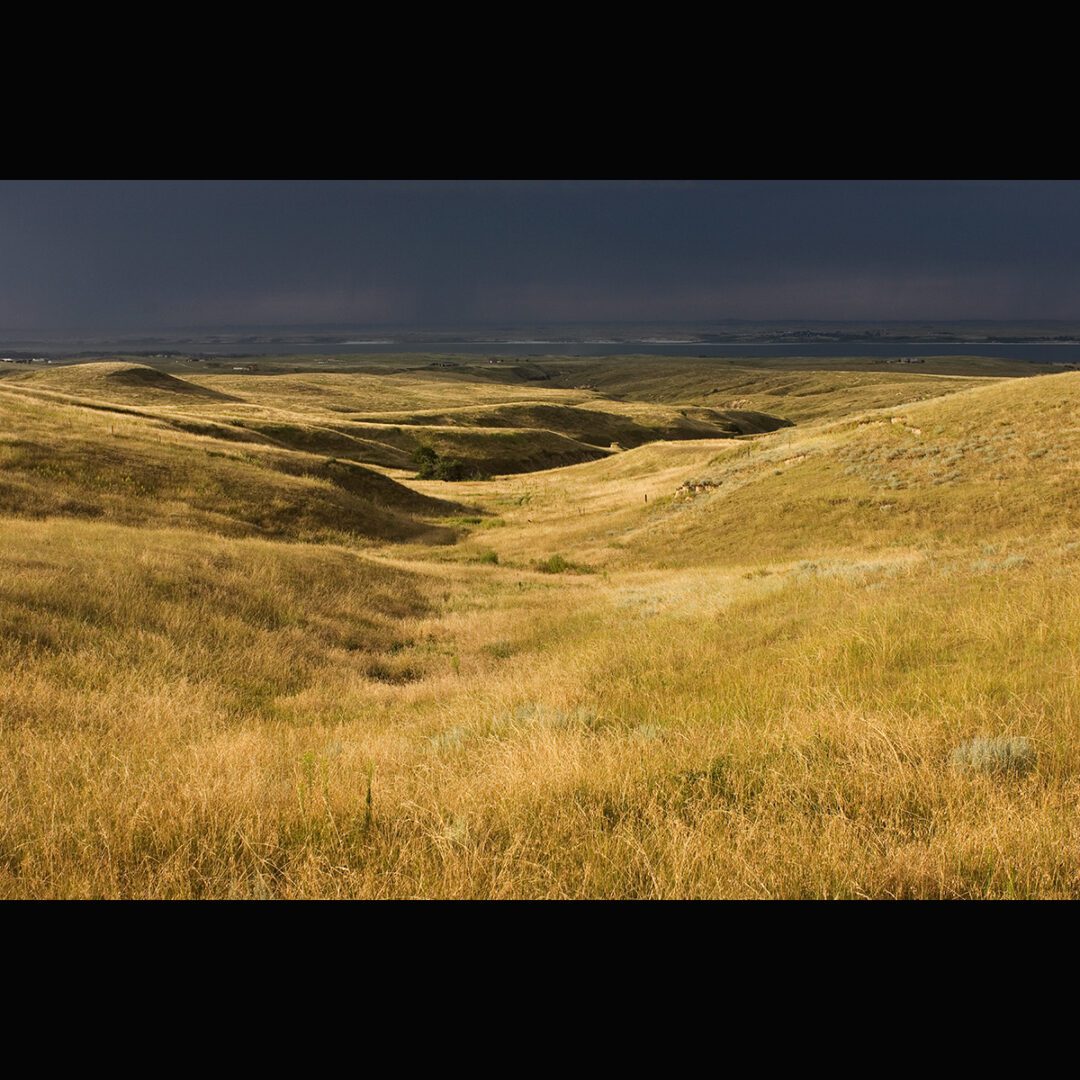

A wildflower draws a male monarch to the five-acre Maxwell Arboretum on the University of Nebraska-Lincoln's east campus. Elongated stems of goldenrod, Nebraska's state flower, intertwine with miniature purple flowers in the midst of lush shrubbery and trees that populate the campus grounds.
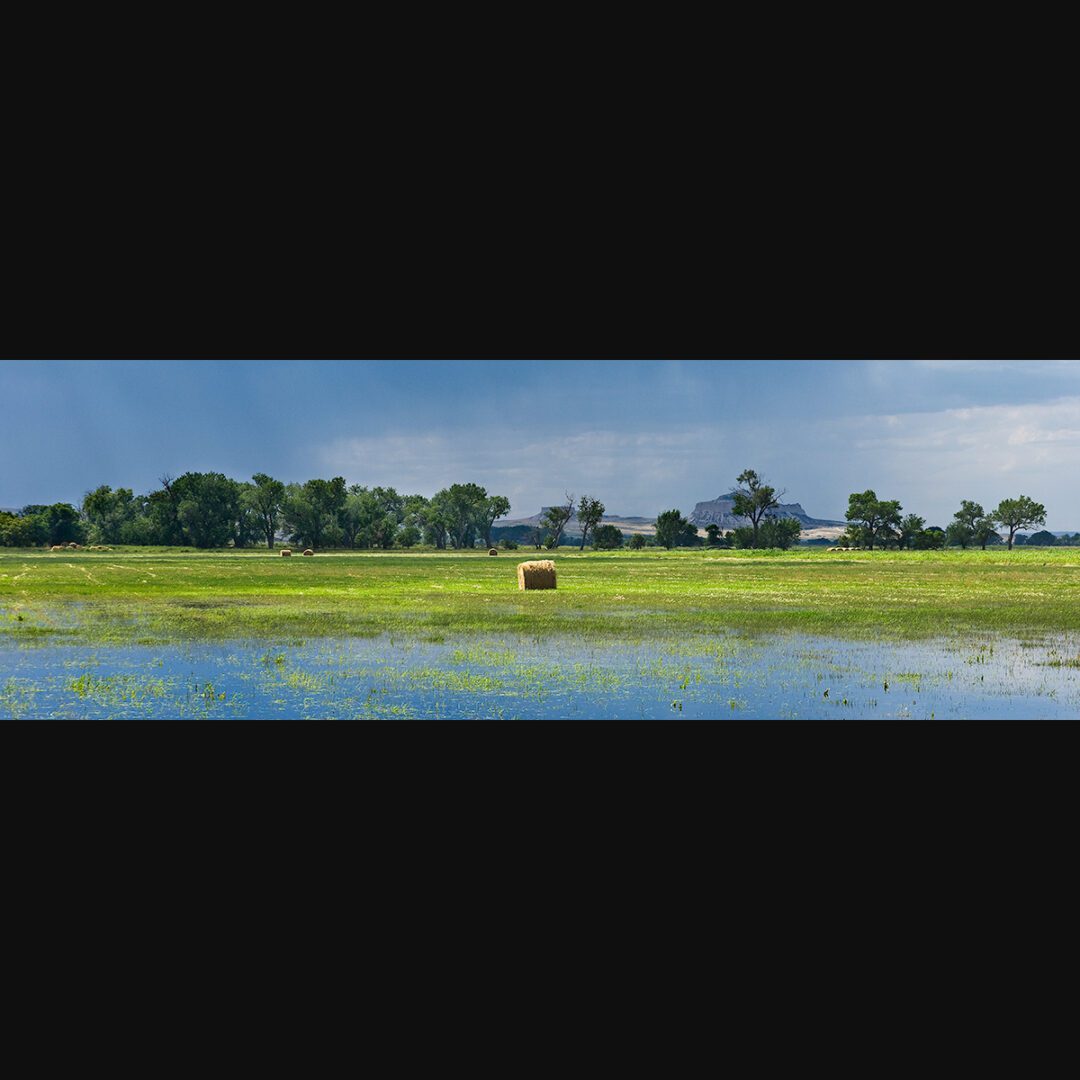
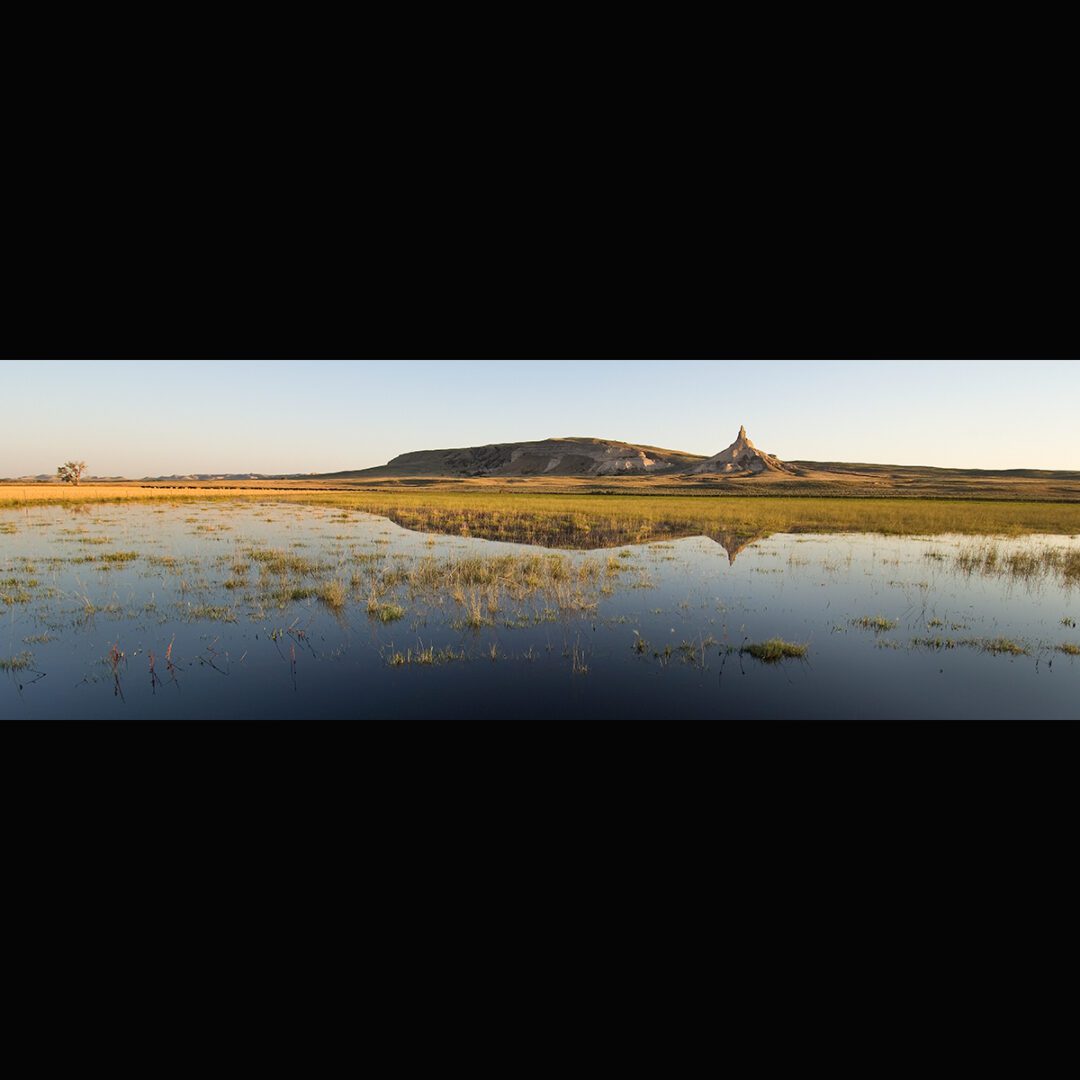
Located near Bayard, Nebraska, Chimney Rock was the most famous landmark to greet 19th-century, westward-bound pioneers on the Oregon, California and Mormon trails. From a 21 st-century viewpoint, the monument reveals a utilitarian side of nature with irrigation runoff creating a mirror image.
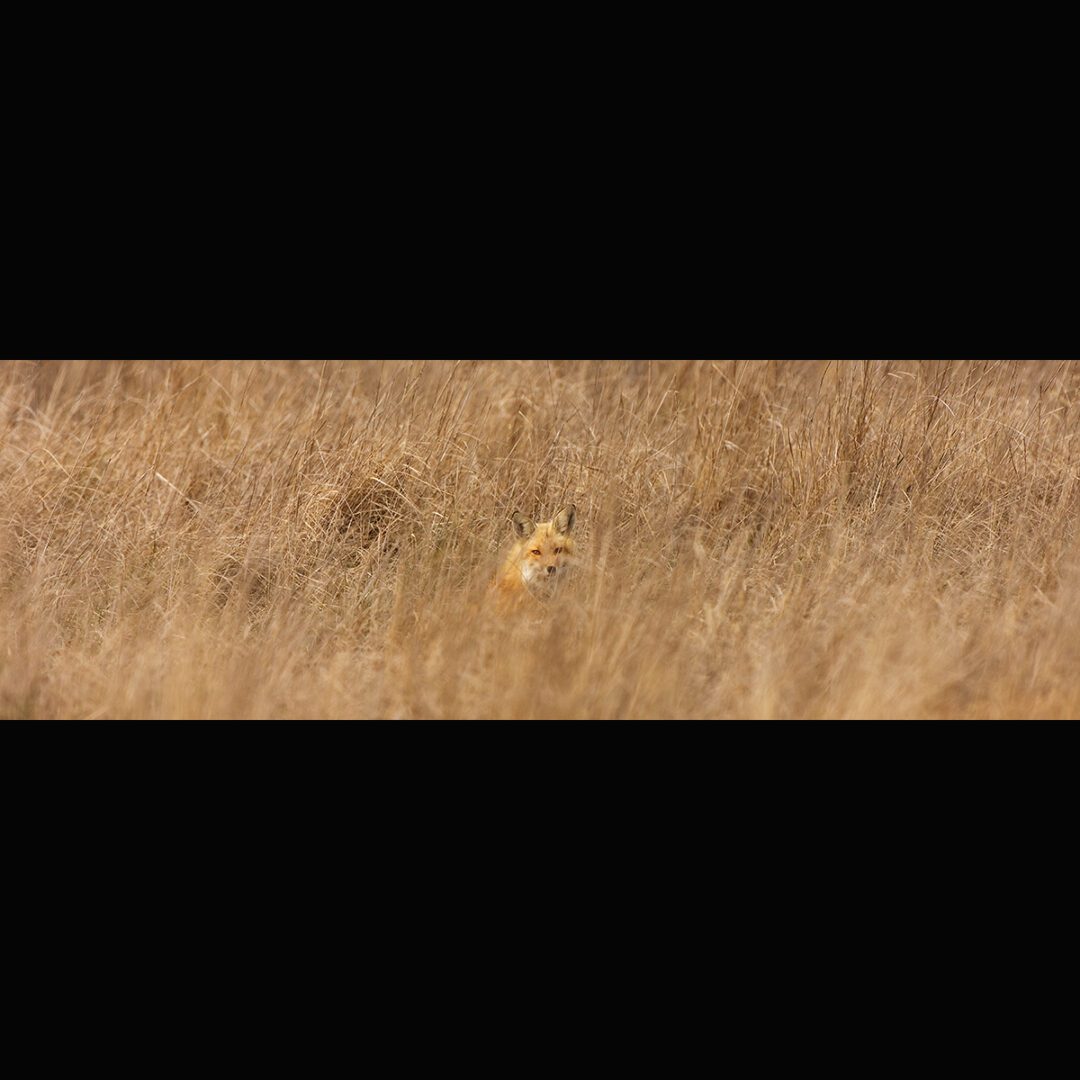
Mistaking saline wetlands within the Lincoln, Nebraska, city limits for wilderness, a cautious red fox hears the click of a photographer's shutter and turns to gaze at him. Another click and the foxy mammal disappears from sight in a matter of seconds, his sensitive hearing alert to perceived danger.
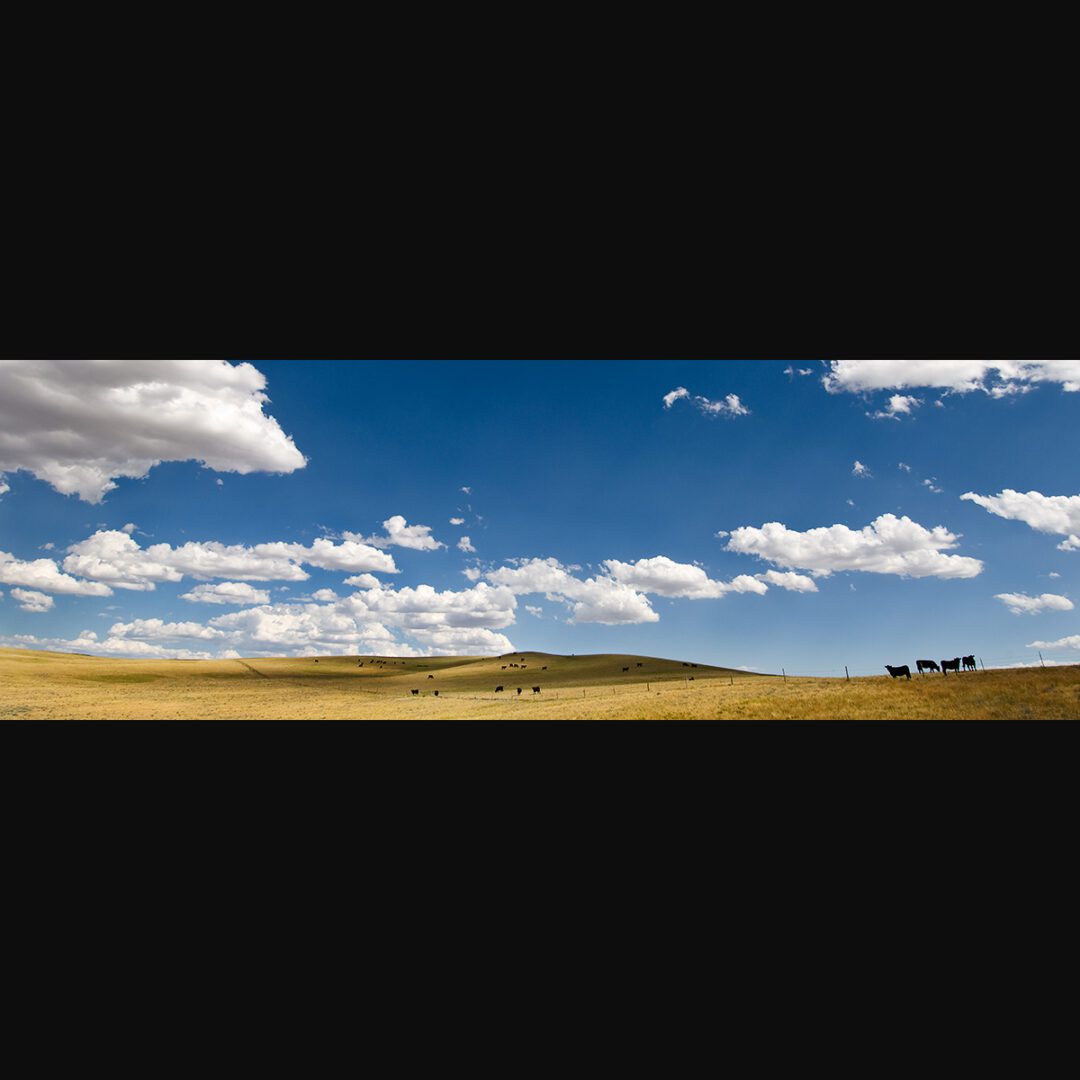
Cattle and barbed-wire fence dot a distant hill near Highway 29 in Nebraska's panhandle, but most noticeable in the image is the broad expanse of deep blue sky and cumulus clouds that mimic Big Sky country and cast enormous shadows over the landscape.
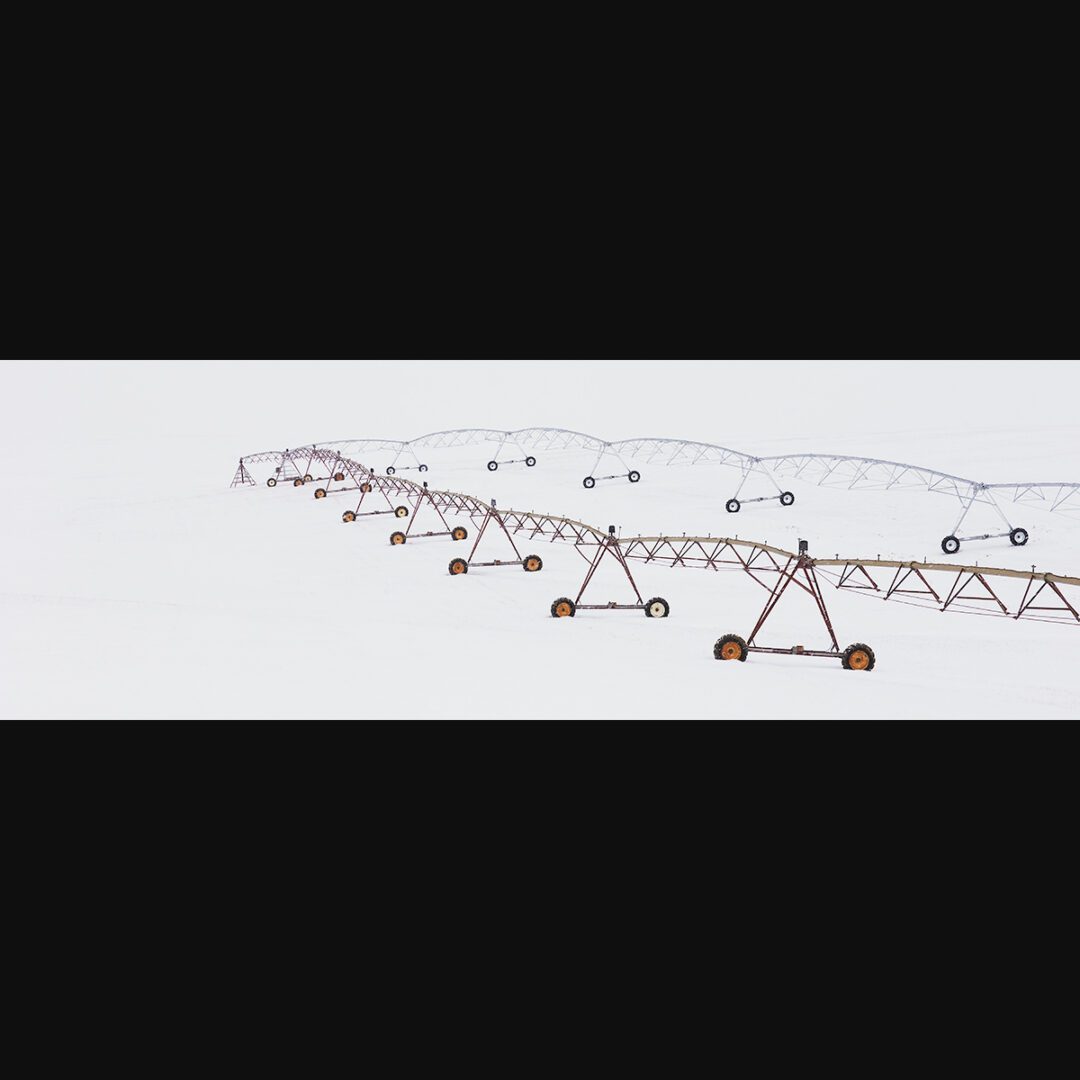

Irrigation pivots define Nebraska farmland amidst snowdrifts in the northeastern corner of the state near Magnet. Come summer, however, these silver wonders will once again leap into action, creating their own version of crop circles as they and their mechanical brethren water more than 4.6 million of Nebraska's 7 million acres of irrigated, cultivated cropland.
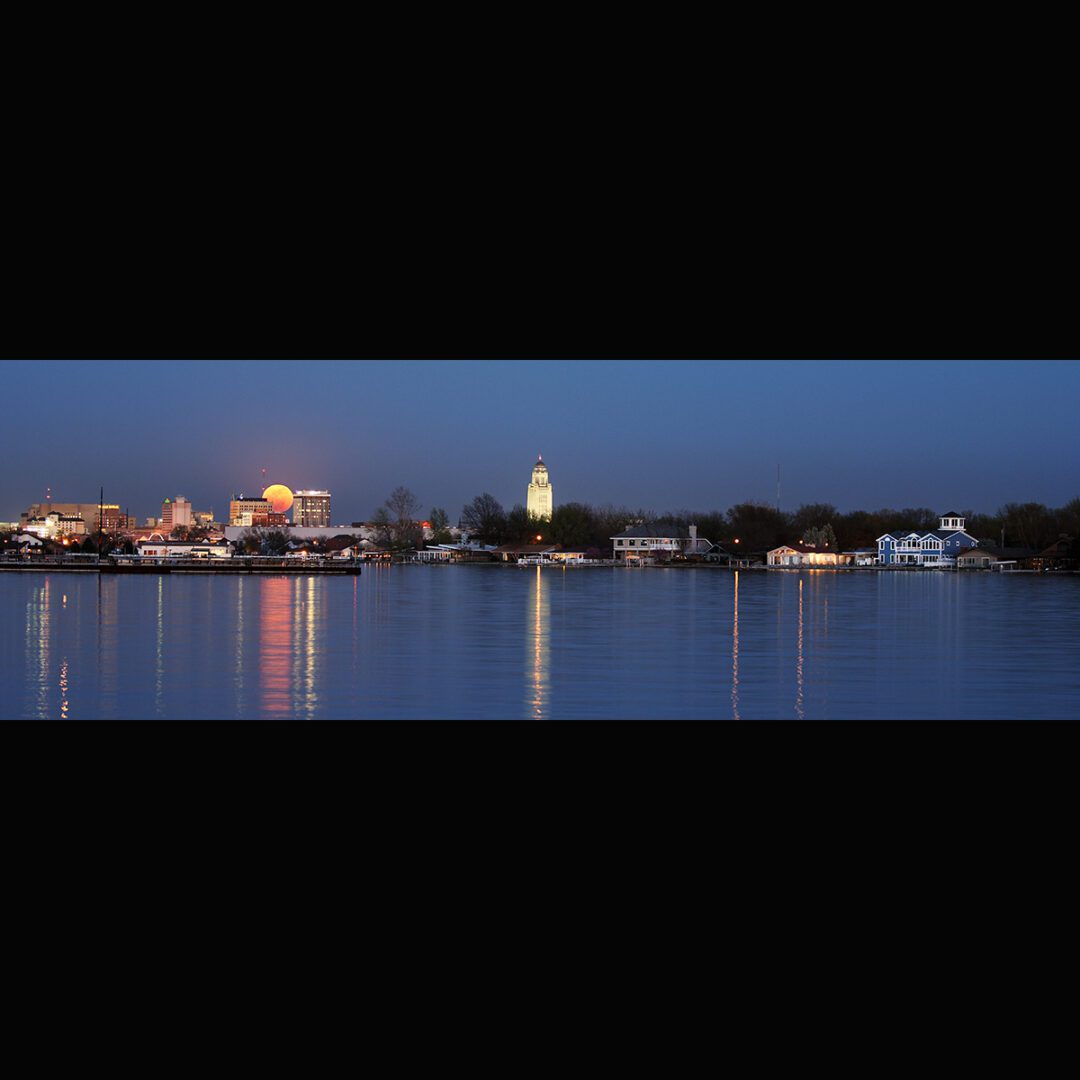
The Lincoln skyline, reflected in Capital Beach Lake, stretches from Memorial Stadium on the north to the State Capitol and tree-lined streets on the south. From the photographer's vantage point across the lake, the moon appears to be rising amidst downtown buildings.
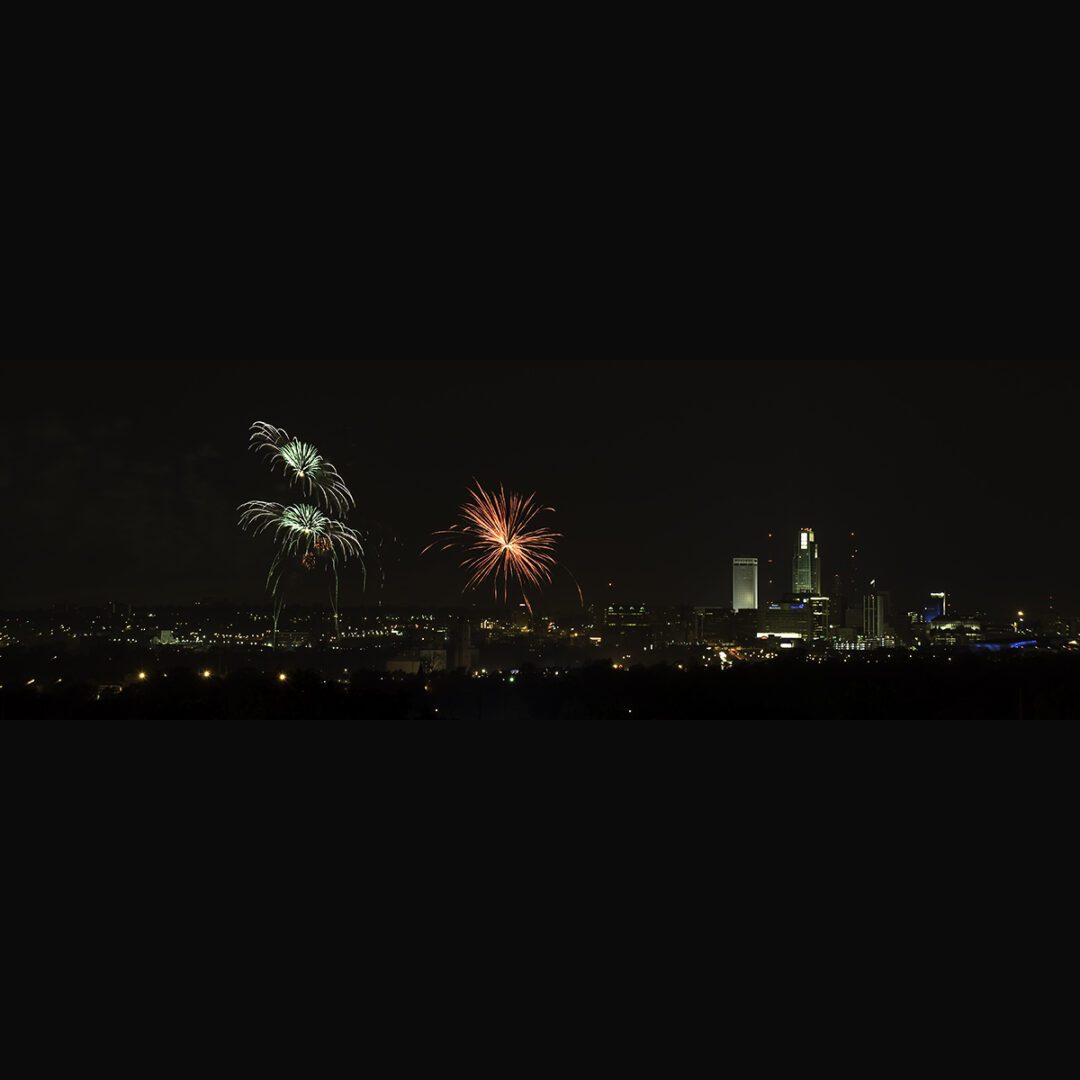
Fireworks are in full bloom in Omaha, Nebraska, on the eve of the fourth of July, dwarfing and—at the same time-illuminating the skyline of a city that is home to more than 400,000. To record the glittering festivities, the photographer assumed a panoramic perch across the Missouri River in Council Bluffs, lowa.
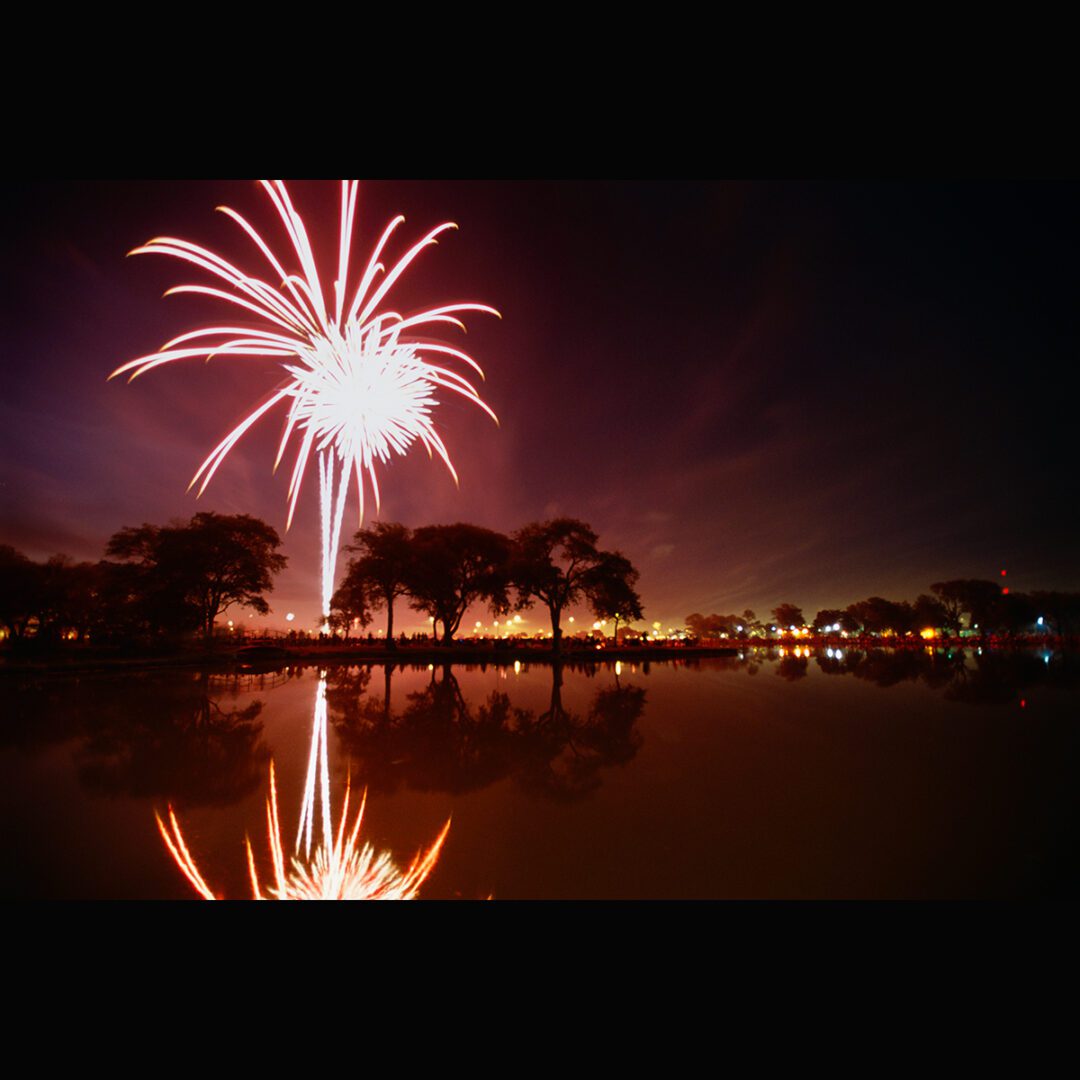
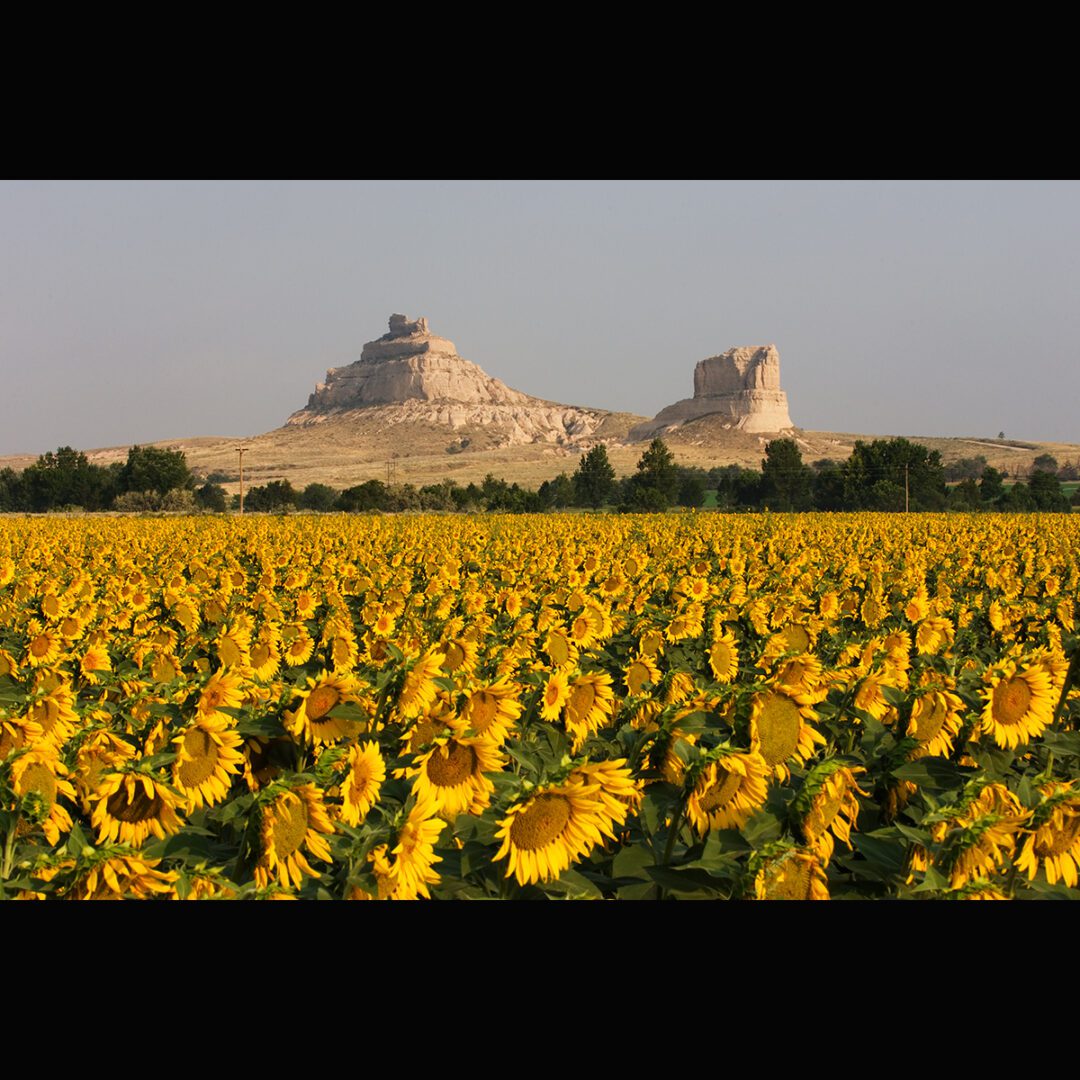
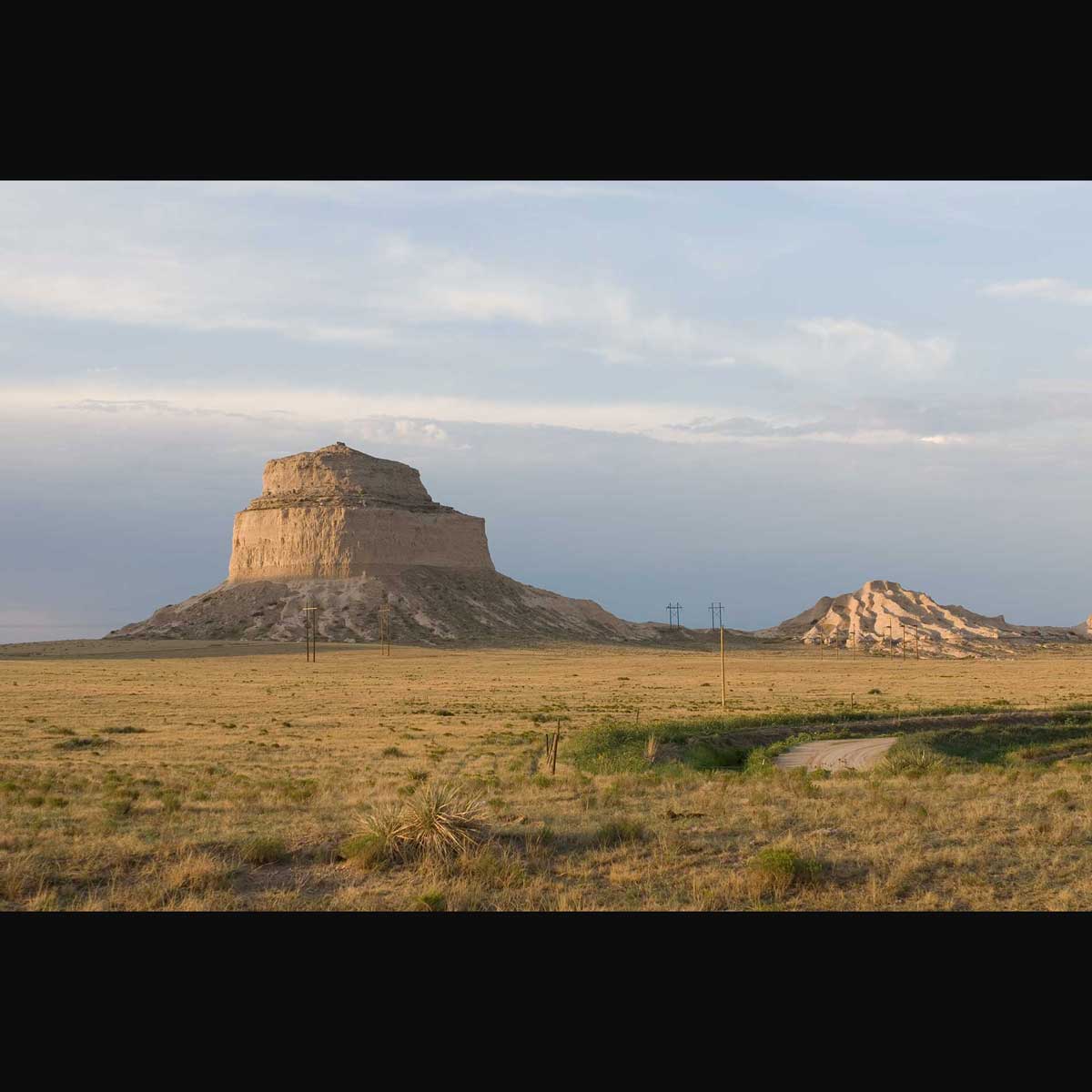
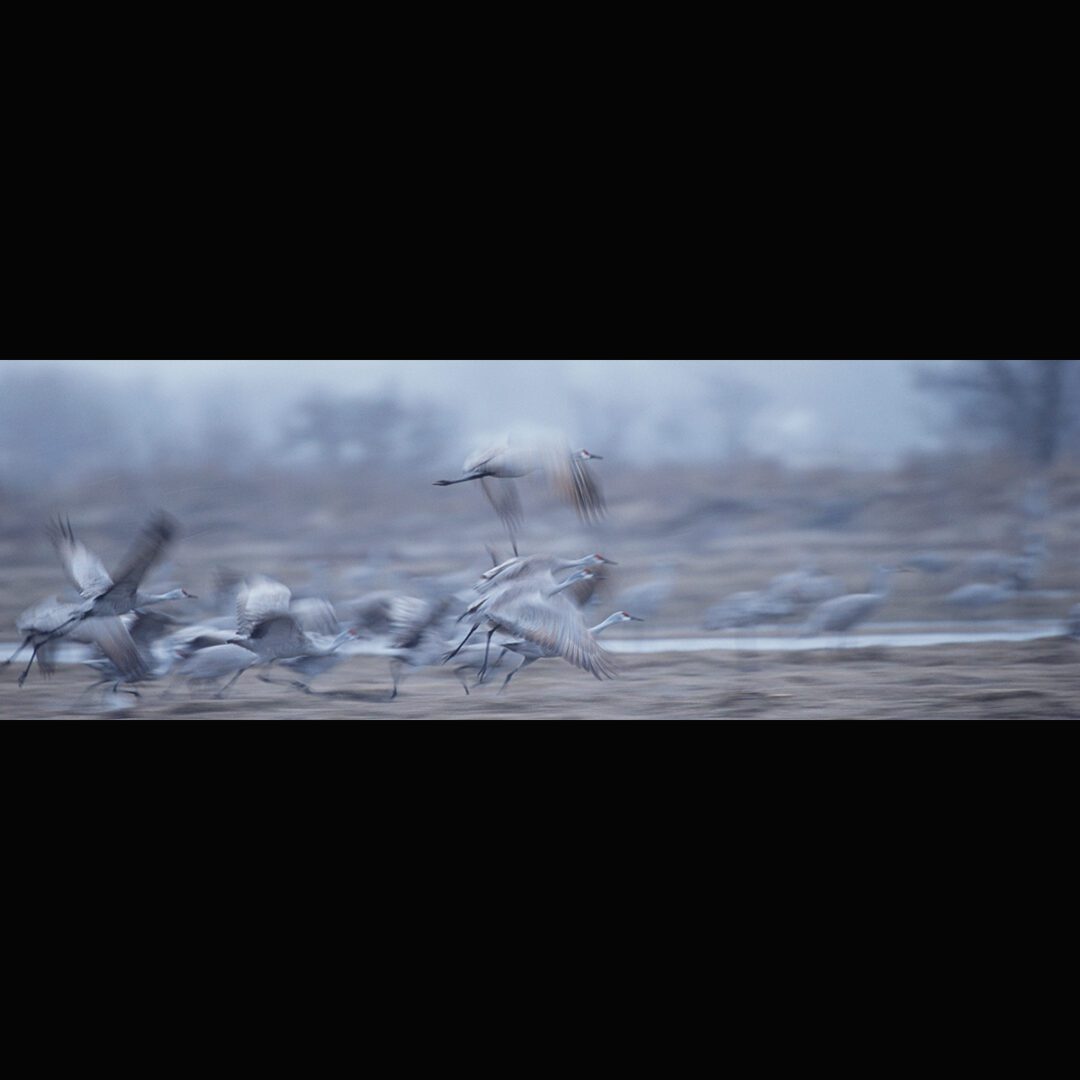

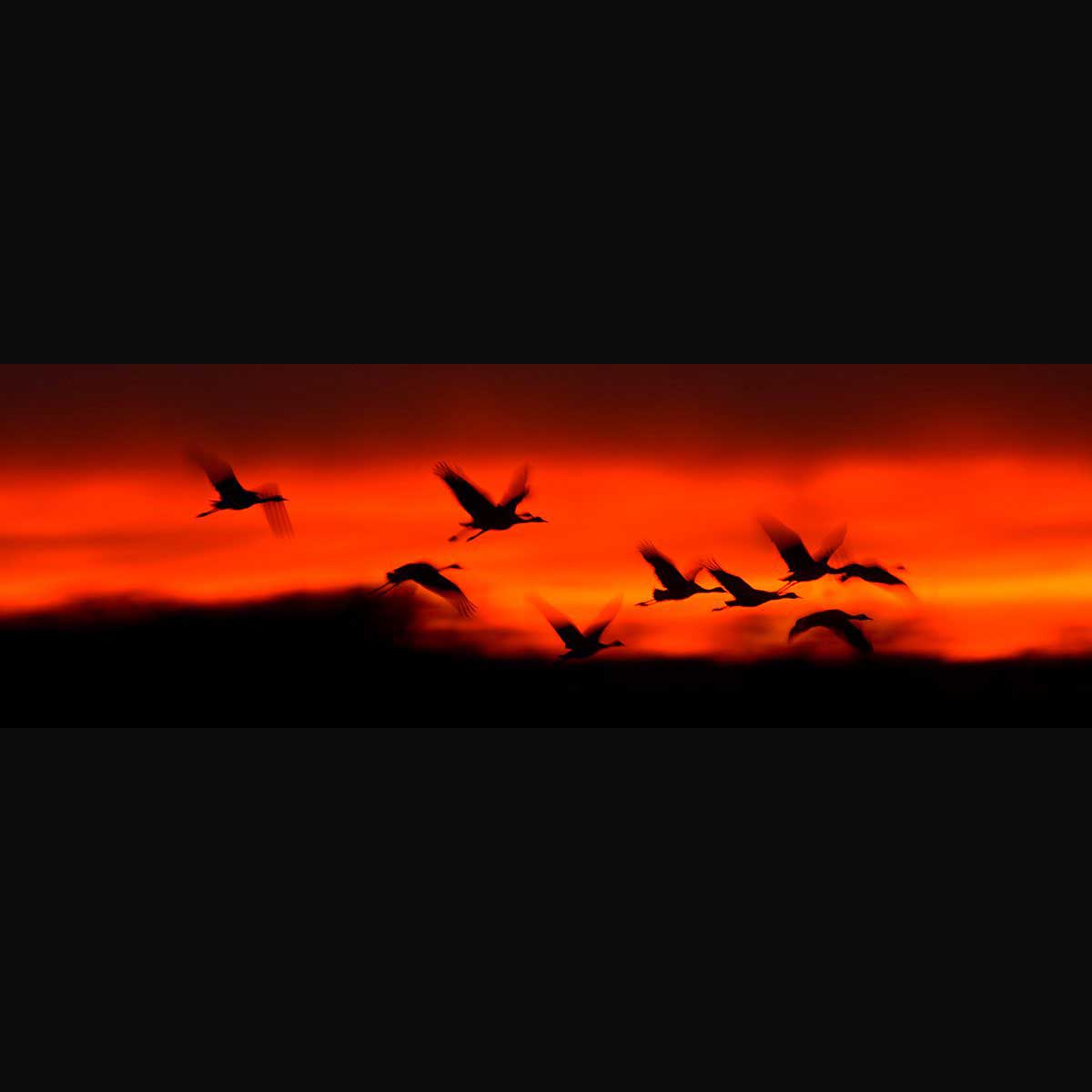
A flock of dark silhouettes against a brilliant sunset marks the return of the sandhill cranes to Rowe Sanctuary and additional points along the Platte River in south-central Nebraska. Early each spring, 500,000 of these magnificent birds, the oldest-known species still inhabiting earth, make the most important stopover on their annual migration north in search of food, fresh water and breeding grounds.


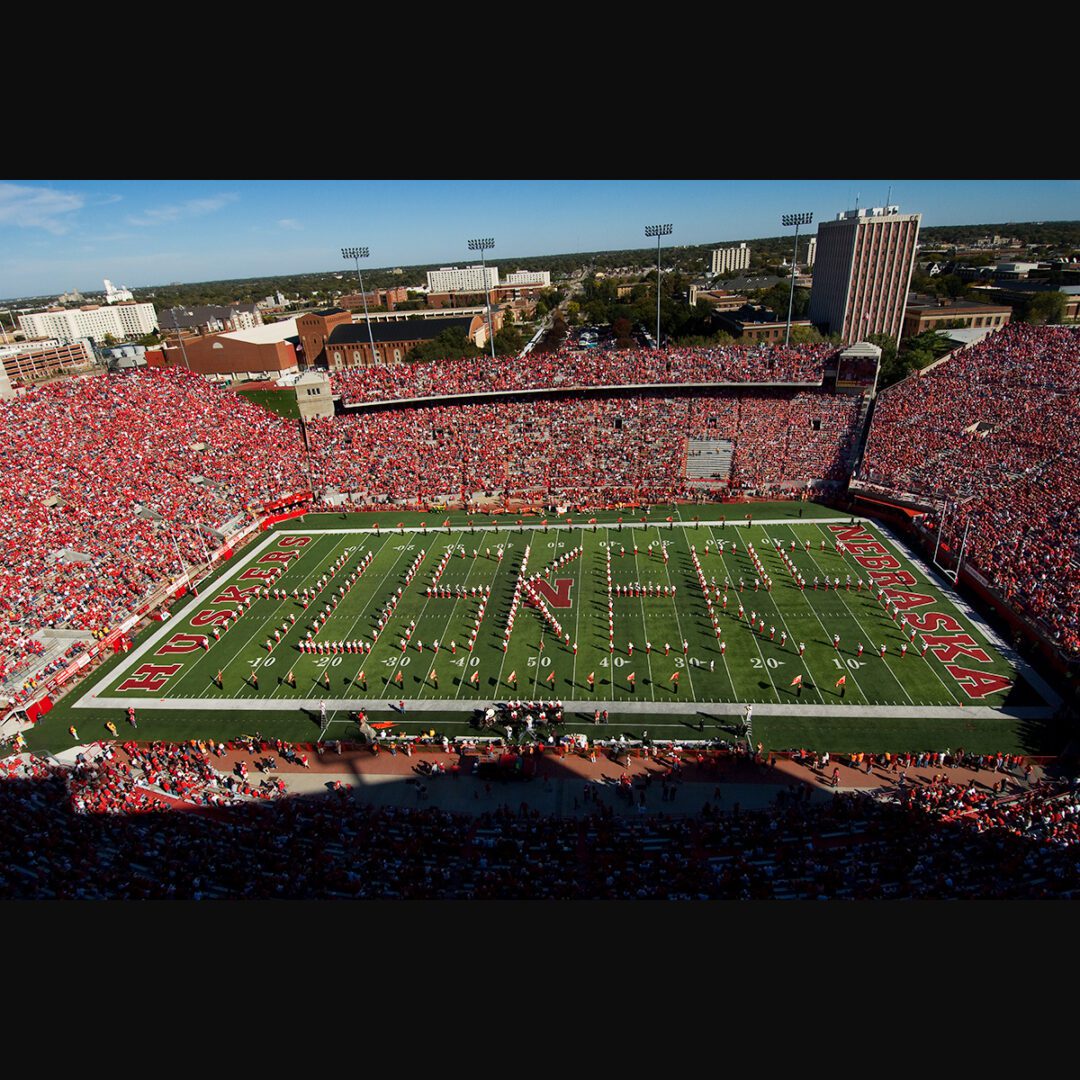
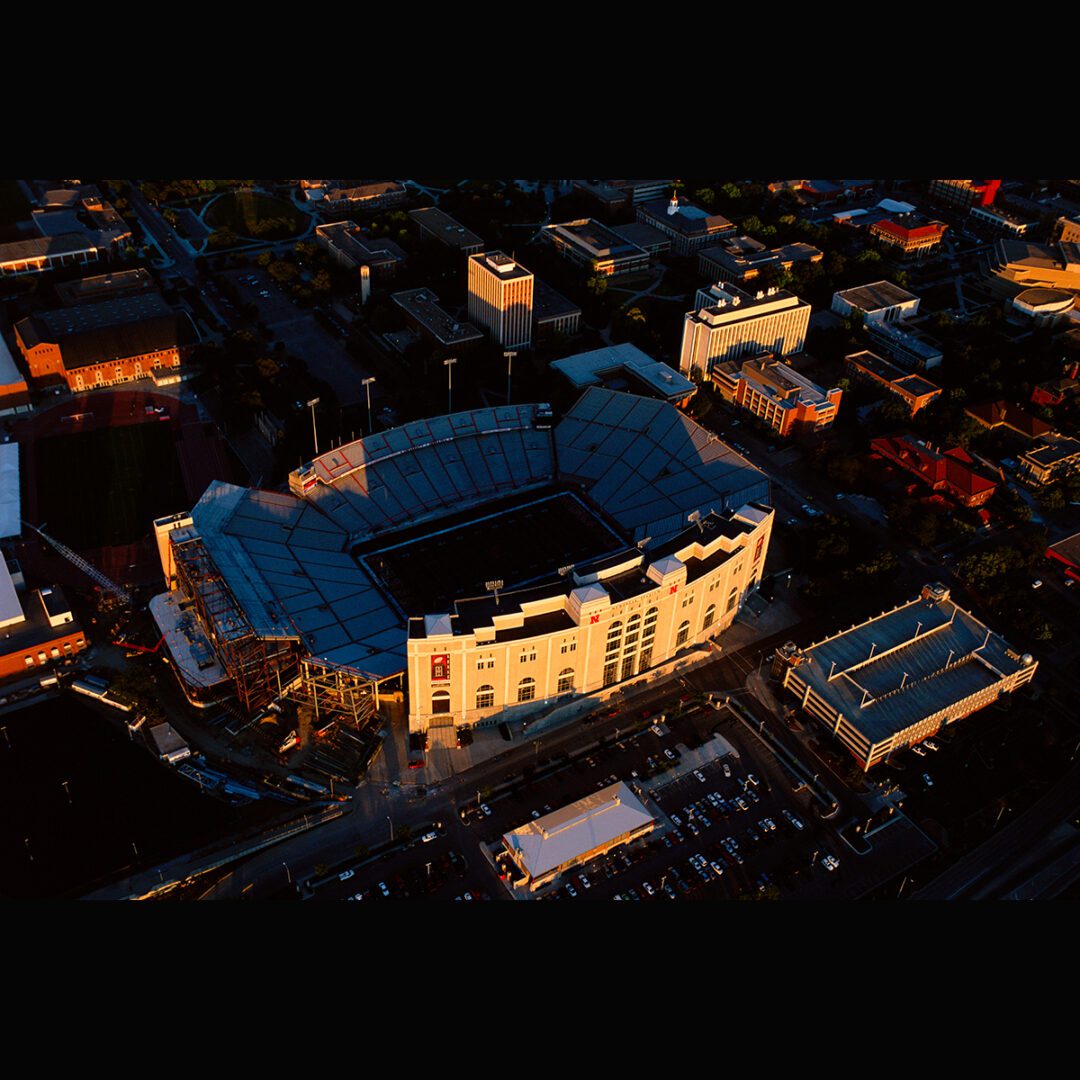
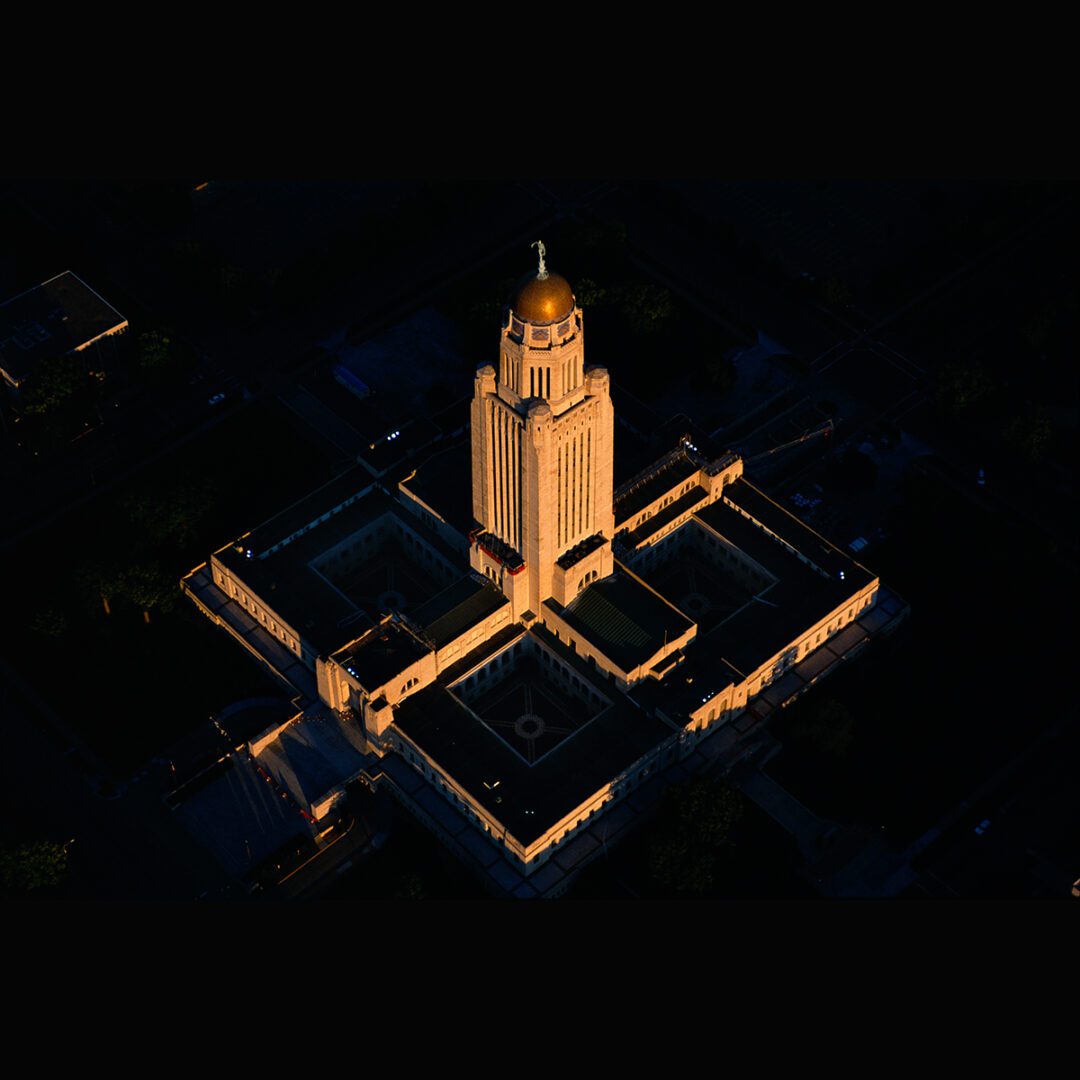
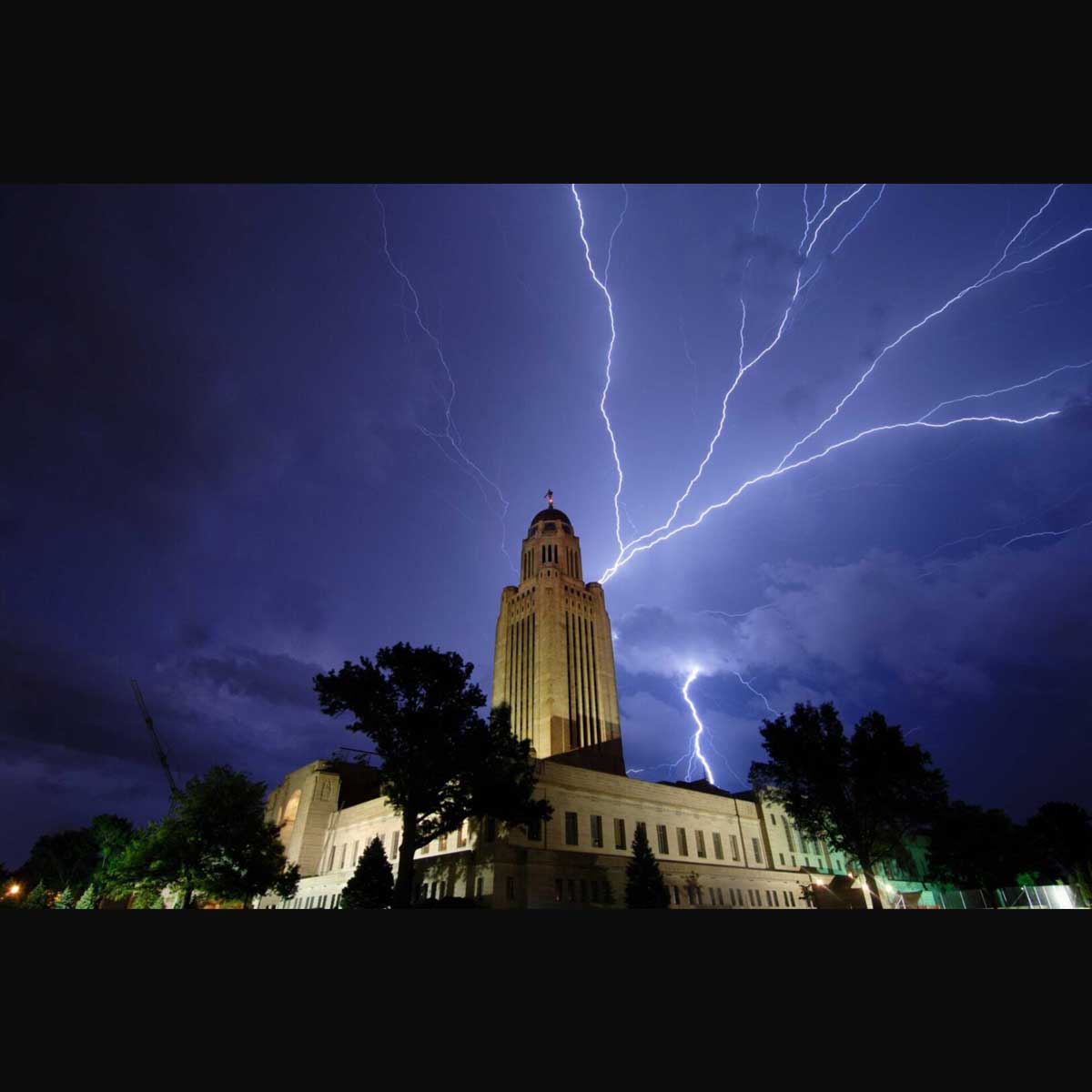
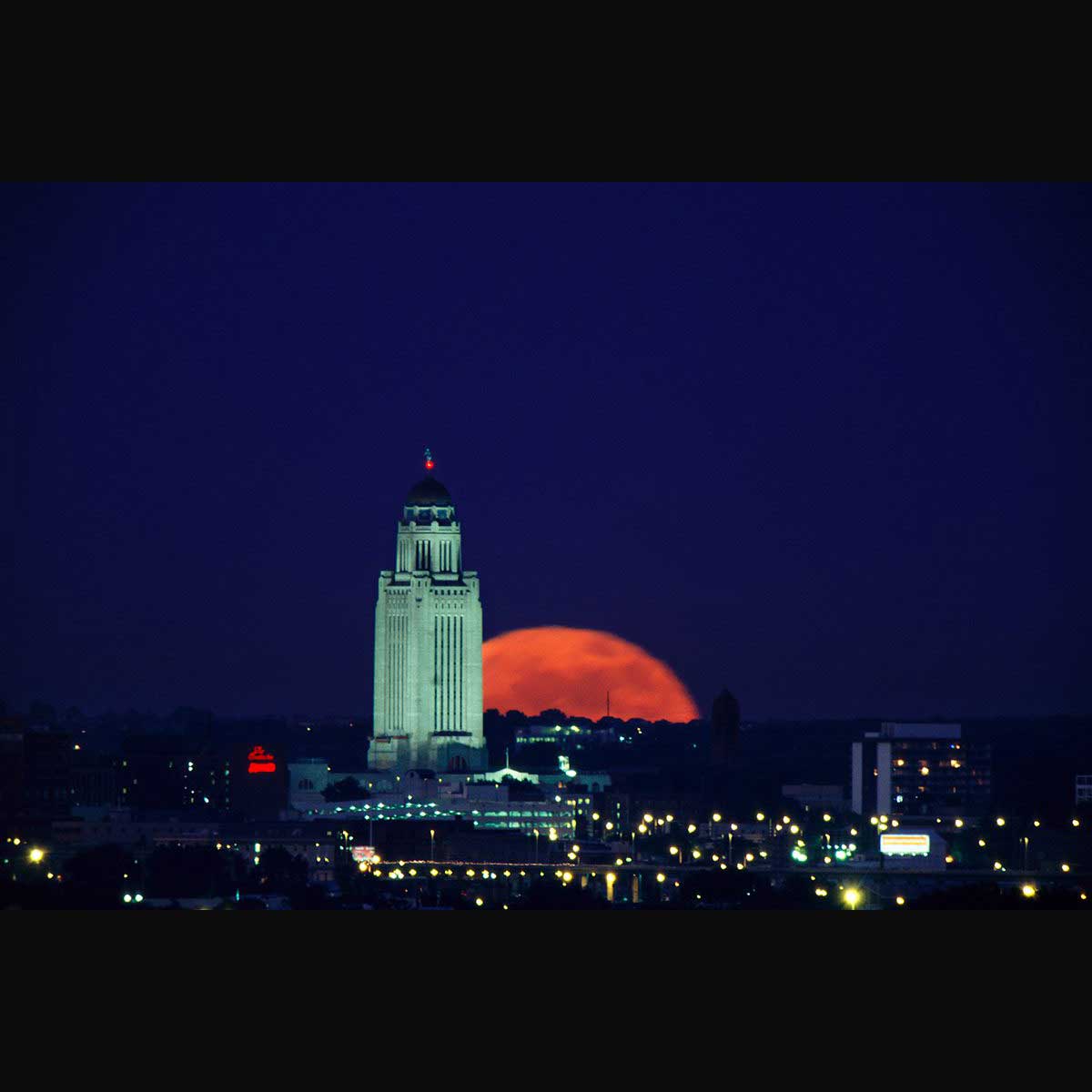
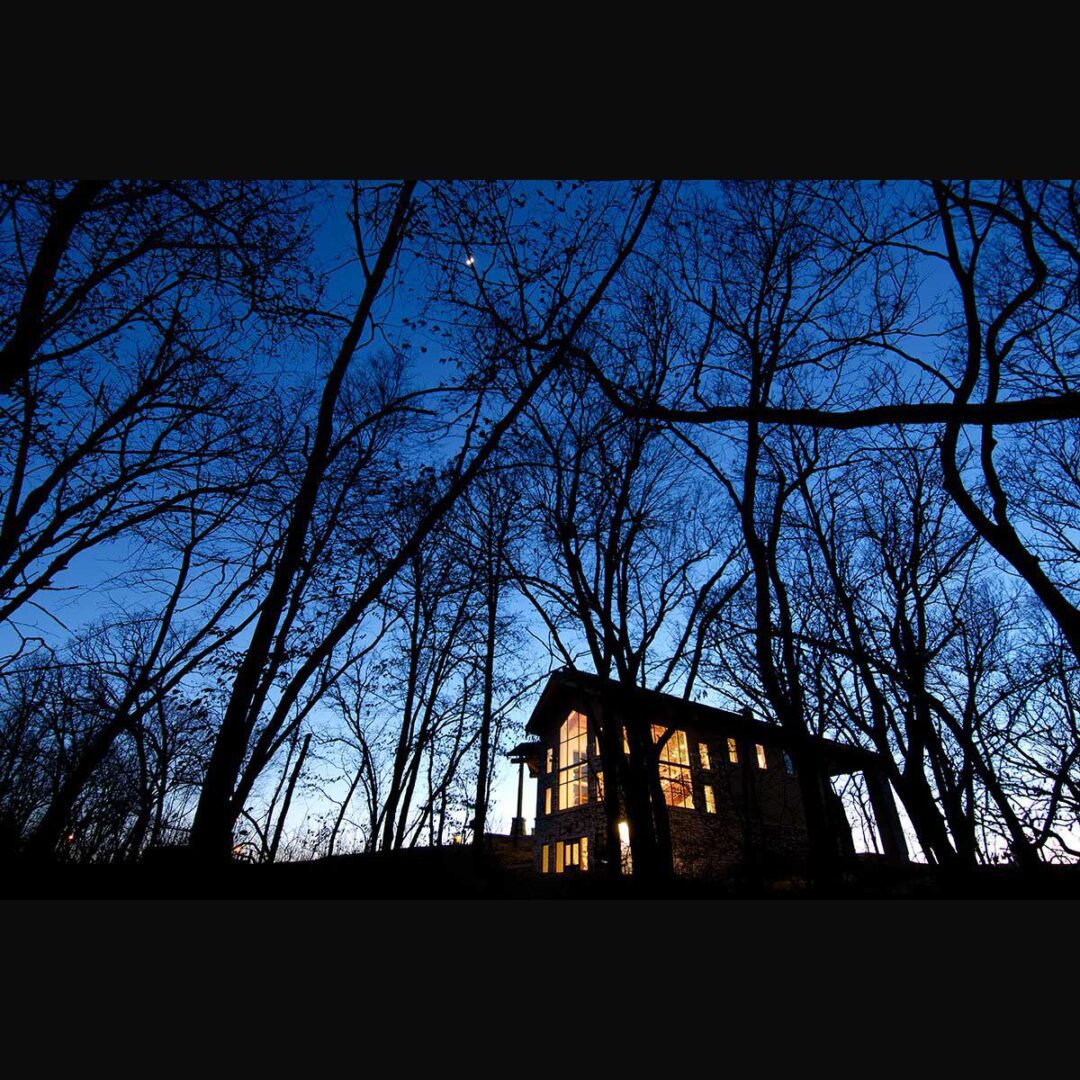

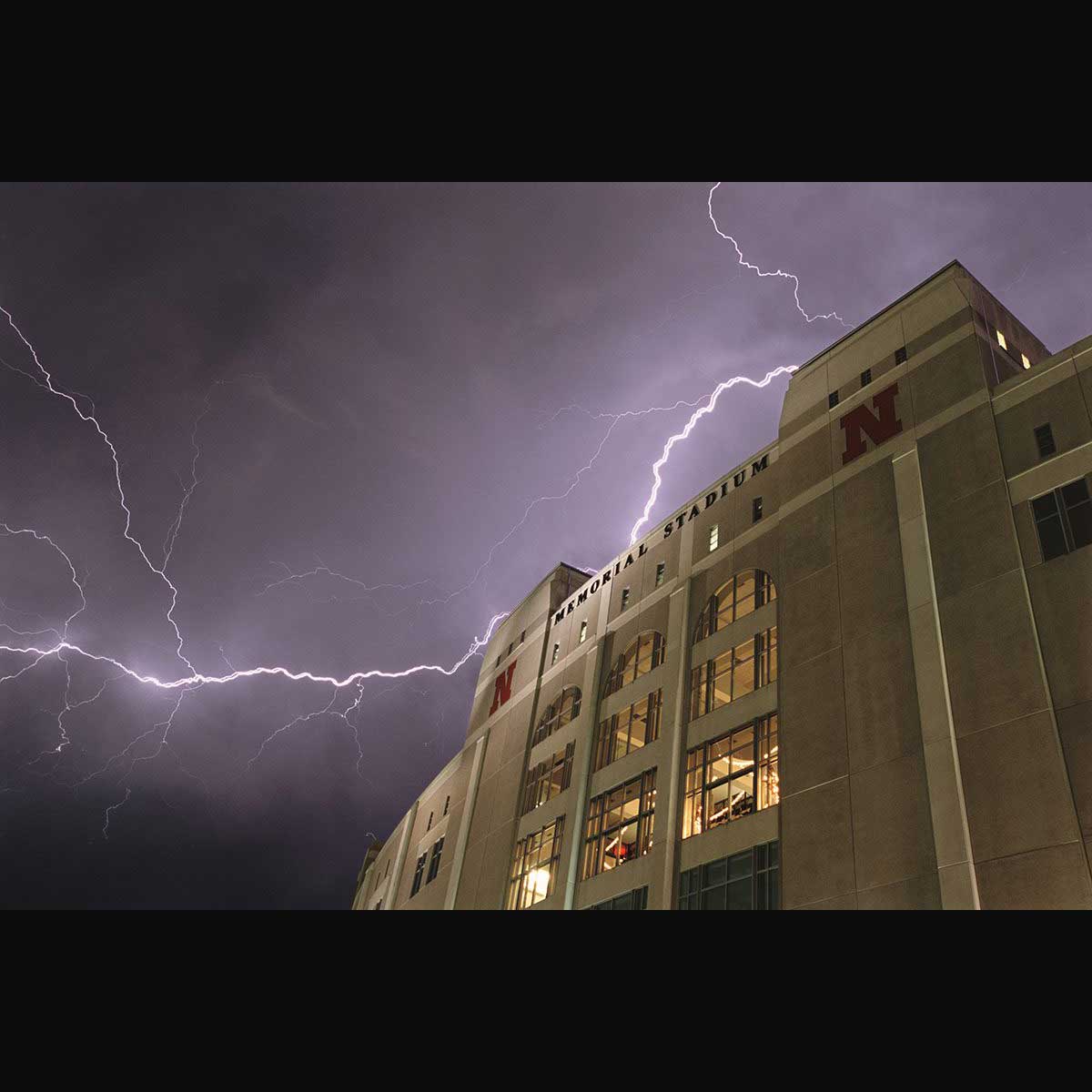
A close-up image of Memorial Stadium was captured on a stormy May evening that saw tornadoes demolish a nearby town. “Red Lightning," Matt Cranford's signature photograph, reveals the dichotomy of the storm by capturing its artistic side. The image, unaltered in any way, hints at the "electrifying" power of one of the nation's most-storied football programs.
